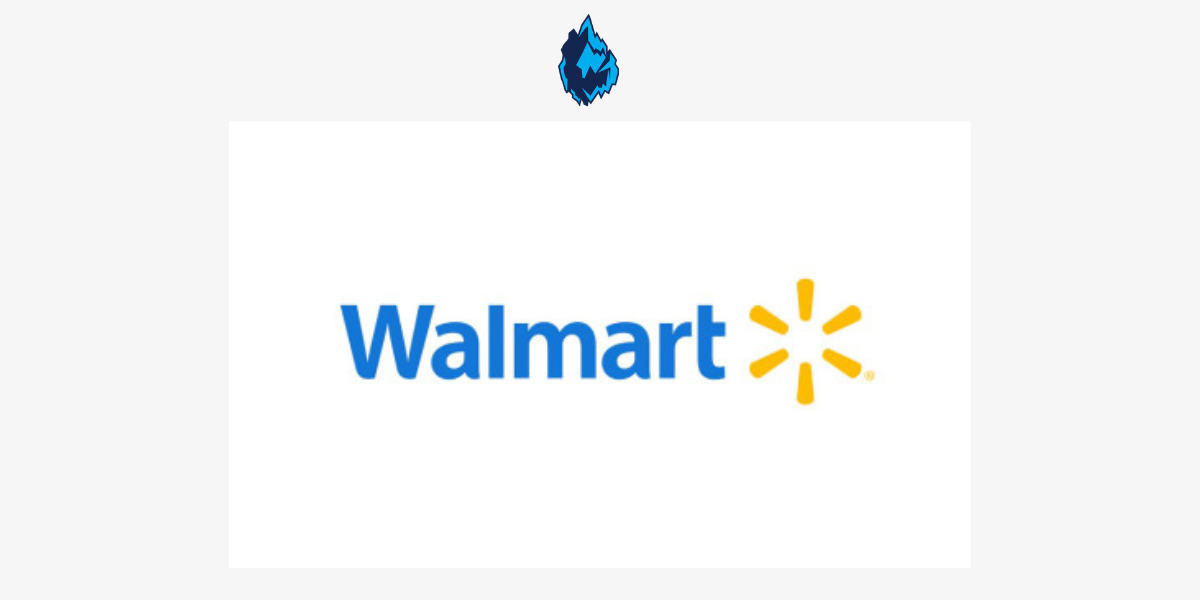Welcome to the retail world of Walmart, where every shopping trip is an experience in itself. As we dive into the realms of marketing strategies, the marketing mix, and STP analysis of Walmart, we uncover the secrets behind its unrivaled success in the global retail landscape.

Marketing Strategies of Walmart:
Walmart’s triumph in the retail universe is no stroke of luck; it’s a meticulously crafted journey driven by customer-centric strategies:
Customer-Centric Approach:
- Market Research: Walmart delves deep into consumer trends through extensive market research.
- Customer Surveys: Regular feedback mechanisms ensure continuous improvement.
- Data Analytics: Leveraging advanced tools to personalize offers and promotions.
Everyday Low Prices (EDLP):
- Price Leadership: Negotiating competitive prices with suppliers.
- Price Rollbacks: Implementing temporary price reductions to drive foot traffic.
- Price Matching: Assuring customers of the best available price in the market.
Extensive Product Assortment:
- Supplier Relationships: Cultivating diverse supplier networks for a comprehensive selection.
- Category Management: Strategically organizing products to enhance discoverability.
- Seasonal Promotions: Aligning assortments with seasonal trends and holidays.
Private Label Brands:
- Quality Assurance: Ensuring consistency and customer satisfaction.
- Wide Range of Categories: Offering budget-friendly options across various segments.
- Packaging and Branding: Creating appealing branding to build consumer trust.
Multi-Channel Marketing:
- Traditional Advertising: Utilizing TV, print, and radio to reach a broad audience.
- Digital Marketing: Engaging customers through online platforms and personalized offers.
- In-Store Promotions: Creating a seamless shopping experience with strategic displays.
Community Engagement:
- Charitable Donations: Supporting various causes and disaster relief efforts.
- Local Sponsorships: Sponsoring events to strengthen community ties.
- Environmental Initiatives: Investing in sustainability to resonate with eco-conscious consumers.
Efficient Supply Chain and Distribution:
- Just-In-Time Inventory: Minimizing holding costs and optimizing inventory levels.
- Advanced Forecasting: Predicting demand accurately to meet customer needs.
- Distribution Centers: Strategically placed hubs ensuring a steady flow of merchandise.
Marketing Mix of Walmart:
Walmart’s marketing mix is a symphony of product, price, place, and promotion, orchestrated to perfection:
Product:
- Extensive Assortment: Offering a diverse range of products catering to various needs.
- Private Label Brands: Providing quality products under exclusive labels for differentiation.
- Exclusive Product Partnerships: Collaborating with brands to introduce exclusive lines.
- Sustainability Initiatives: Promoting eco-friendly products to address consumer concerns.
Price:
- Price Leadership: Leveraging purchasing power to offer competitive prices.
- Rollbacks and Promotions: Implementing temporary price reductions to drive sales.
- Price Matching: Assuring customers of the best available price.
Place:
- Store Locations: Strategically locating stores for easy accessibility.
- Online Presence: Enhancing the e-commerce platform for seamless shopping.
- Efficient Distribution: Optimizing supply chain to ensure product availability.
Promotion:
- Advertising: Utilizing various channels to communicate value propositions.
- In-Store Promotions: Creating excitement with eye-catching displays.
- Digital Marketing: Engaging customers through personalized online experiences.
- Loyalty Programs: Offering perks to incentivize repeat purchases and foster loyalty.
STP Analysis of Walmart:
Walmart’s STP analysis revolves around segmentation, targeting, and positioning, crafting a unique identity in the retail realm:
- Segmentation:
- Demographic, geographic, psychographic, and behavioral segmentation to understand diverse customer needs.
- Targeting:
- Inclusive targeting strategy focusing on value-conscious shoppers, families, tech-savvy consumers, and urban/suburban dwellers.
- Positioning:
- Emphasizing “Everyday Low Prices,” one-stop shopping convenience, accessibility, and customer-centricity to differentiate from competitors.
Conclusion:
Walmart’s journey from a humble beginning to a global retail giant is a testament to its unwavering commitment to customer satisfaction, innovation, and community engagement. With a blend of astute marketing strategies, a well-crafted marketing mix, and a deep understanding of its customers, Walmart continues to set new benchmarks in the retail industry, shaping the future of shopping experiences worldwide.
If you want to learn more, check out this article.
